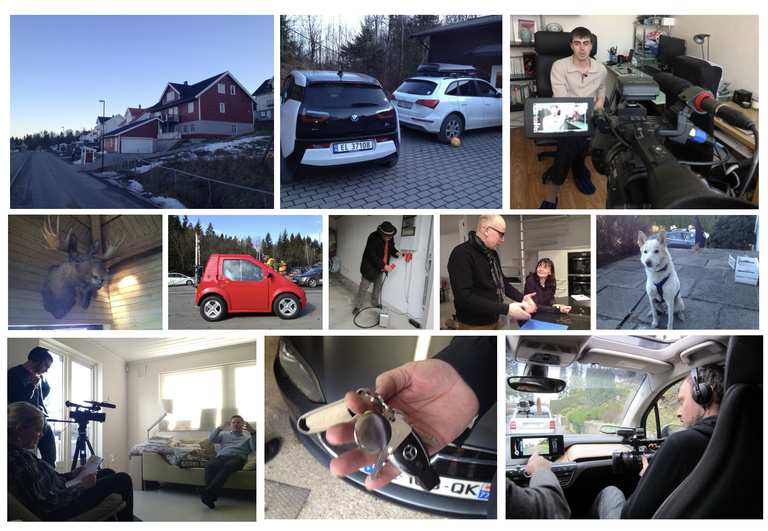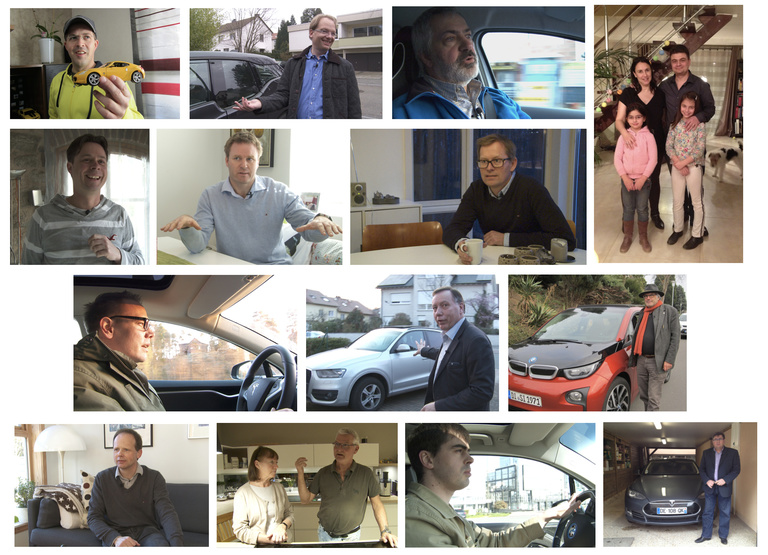The future of automobiles
Sketching the future of mobility with electric cars
Ethnography
Design
Mobility
Soft mobility is gaining ground, reshaping cities and shaking up mobility as a result. The new players encouraging us to share mobility are growing. Carmakers are gravitating towards service-company business models and have started selling mobility solutions. And everyone is preparing for the advent of the autonomous vehicle.
A leading carmaker asked Méthos to help it stay one move ahead of these shifts, i.e. think about the future of electric vehicles and look one step beyond them, at autonomous driving


Inspired drivers
Who drives electric cars? What are those drivers like? Where do they live? Where do they work? What do they want to do with their car? Why do they drive an electric car? What do they believe in? Who do they drive with? What do they do/want to do on the road, alone or with others? Bottom line: what is their ideal electric car like?
Méthos looked into this to explore what electric cars will be like, look like and do in the future. We put together an identikit, which helped us project the features, design and positioning of tomorrow's ideal electric car. To do that, the teams worked with product designers and innovation managers, and spent time with electric car drivers in several European countries. We started in Norway, the country where electric vehicles first appeared on the market (in 1991 with the legendary Buddy) and the one where the use of electric vehicle has grown the most.

"Driving a normal car again is like taking out your old Nokia phone. You’re just not used to it anymore."

"I feel that I am actually a nicer person when I drive this car."
Going electric
Buying an electric car was once a decision that only the early adopters were bold enough to make. That is less and less the case. The reasons that prompt drivers to go electric can be rational and make perfect economic sense, but they can be emotional too. Some see their electric vehicles as nice-to-have gadgets, others as lifestyle statements, but most of them are now believers who willingly spread the good news. Electric cars are changing the way people think about mobility, and in doing so changing drivers themselves, ushering them into an all-new world where they use and relate to cars in new and different ways, with new and different upsides and downsides.
Scenarios for a near future
We encapsulated drivers' experiences in a series of films, which helped designers create concepts of vehicles based on the customers' real-life experiences. The study also zeroed in on several driver profiles, based on the way drivers relate to electric cars as well as technology and ecology. The teams used then profiles to project how each one will use electric cars in the future and then translated those projections into design cues.
Concept design
The study showed that the futures and projections surrounding electric cars intersected with the ones surrounding autonomous cars. The innovation teams tapped into the overlapping scenarios, to develop the design concepts that capture their vision of the future of electric cars.
“Méthos has two qualities that are becoming scarce on the market: they take the time to prepare proper monographs that uncover customers’ deep-seated personal motives; and they take the time to showcase these motives rigorously, with an aesthetic slant that cuts straight to the point. As a client, it’s exciting to see the analysis coming into focus before our very eyes.”
Thomas Ehrmann, Design Academy Manager, Renault Group

